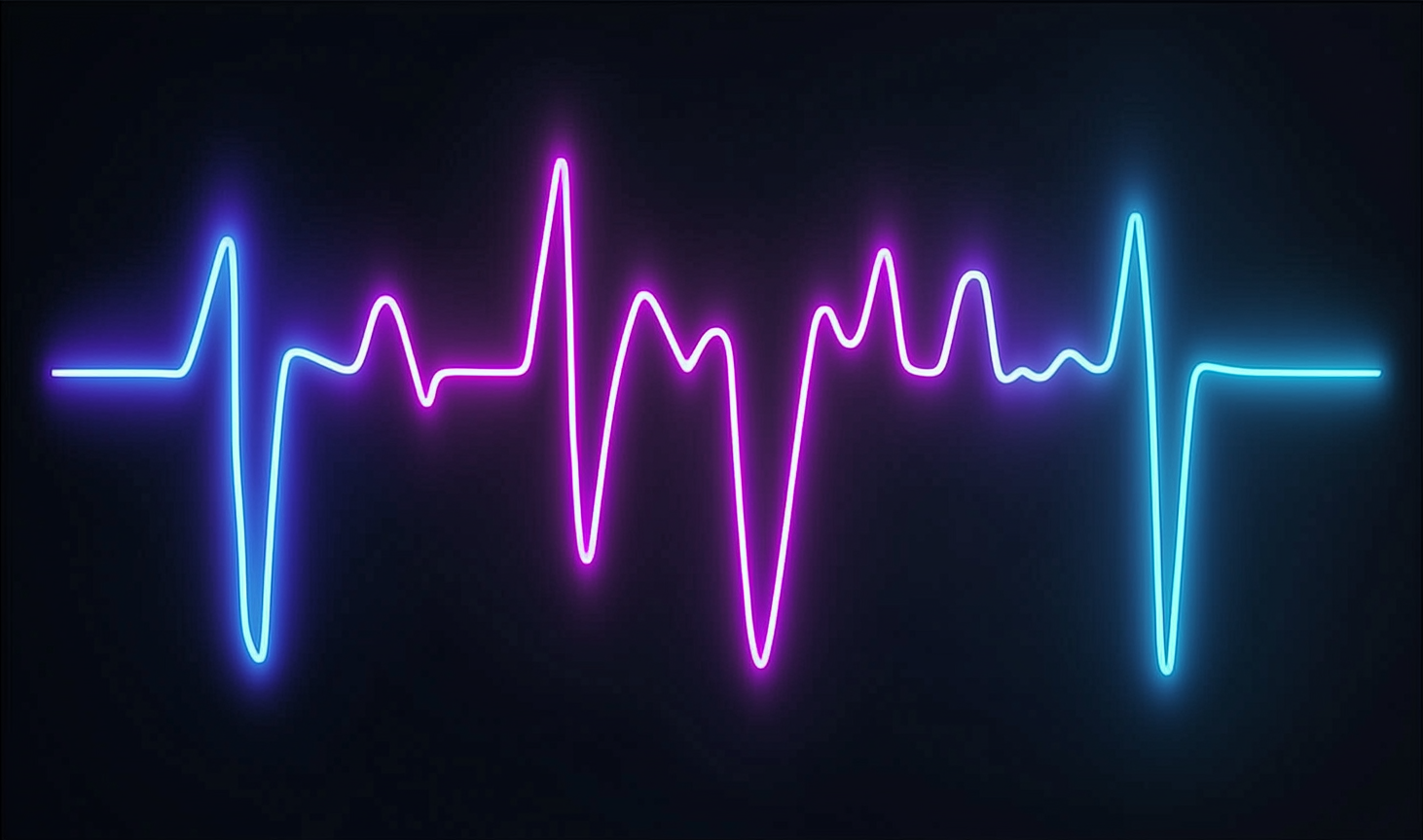Quantum-Convolution Hybrid Neural Networks for Efficient ECG Analysis and Cardiac Event Detection

Insider Brief:
- Researchers from Chongqing University and Old Dominion University developed a quantum-convolution hybrid neural network model for arrhythmia detection to improve diagnostic speed and accuracy in ECG analysis.
- The study demonstrates that quantum computing may be able to complete real-time analysis of high-dimensional ECG data without extensive pre-processing.
- Preliminary tests show that the hybrid model outperforms traditional CNNs in both accuracy and speed, successfully reducing false positives and missed arrhythmia events.
- Despite challenges like specialized hardware requirements and sensitivity to noise, the researchers believe quantum-enhanced models could eventually improve healthcare diagnostics, enabling efficient, precise analysis for early detection of complex medical conditions.
Every year, many lives are impacted by undetected or misdiagnosed heart arrhythmias—irregular rhythms that can lead to strokes, heart failure, and sudden cardiac arrest if not caught in time. A recent study published in Springer Nature, a collaboration between Chongqing University in China and Old Dominion University in Virginia, introduces a new approach to medical diagnostics by combining quantum computing and convolutional neural networks to detect arrhythmias. According to the research, quantum computing could improve the computational efficiency of neural networks, especially in data-heavy tasks like analyzing electrocardiogram signals for abnormal heart rhythms. By integrating a quantum-convolution hybrid neural network model, researchers hope to advance the accuracy and speed of arrhythmia detection, which could impact early cardiac diagnosis.
Understanding Arrhythmias and Current Diagnostic Challenges
Arrhythmias refer to irregularities in the heart’s rhythm, which can range from harmless variations to severe disruptions that necessitate immediate medical intervention. Detecting these variations accurately is of the utmost importance, as certain arrhythmias can be early indicators of serious conditions like heart failure or stroke. Traditional methods for detecting arrhythmias typically rely on ECG signal analysis, which, while effective, has limitations in processing speed and accuracy, especially when it comes to monitoring long recordings or large datasets.
The study notes that current ECG-based diagnostic tools may struggle with distinguishing subtle signal variations due to arrhythmias. This challenge arises from the complexity and variability in heart rhythms, which can make it difficult for conventional algorithms to differentiate between benign and malignant patterns effectively. The hybrid model presented in this research addresses these limitations by using quantum properties with the intention to improve neural network processing capabilities.
The Role of Quantum Computing in Enhancing Neural Network Models
The quantum-convolution-based hybrid neural network model that gives this study its edge classical convolutional layers with quantum computing. Convolutional neural networks are a type of machine learning model designed to identify patterns in visual data, making them relevant for analyzing ECG signals, which can be visualized as waveform patterns.
The study explains that this hybrid approach could reduce the need for extensive pre-processing, allowing the model to detect arrhythmic patterns directly from raw ECG data. Processing ECG data in real time is something traditional models may struggle with, especially when faced with high-dimensional data. The researchers note that quantum-enhanced models may lead to greater precision in identifying arrhythmias, as they tend to work well with high-dimensional data.
Integrating Classical and Quantum Techniques
The research team developed the quantum-convolution hybrid model by first training classical CNN layers to detect baseline patterns in ECG signals. These classical layers were then combined with quantum layers, designed to identify finer details within the waveform that might signal irregular heartbeats.
According to the study, the model underwent testing using a dataset of ECG signals labeled with known arrhythmia instances. To evaluate its performance, the researchers compared the hybrid model’s detection accuracy with that of traditional CNN models. Preliminary results indicate that the hybrid model outperformed classical CNNs in both speed and accuracy, reducing false positives and missed arrhythmia events.
Additionally, the study discusses the potential for expanding this model to cover a wider range of cardiac conditions, which could lead to a more comprehensive diagnostic tool. The model’s success demonstrates the potential of using quantum-enhanced neural networks in practical healthcare applications, especially ones that deal with high-dimensional data and a need for efficient real-time processing.
Limitations & Future Directions for Quantum-Enabled Healthcare
While the hybrid model presents exciting potential, the authors note several challenges that must be addressed for broader adoption. First, the integration of quantum components requires specialized hardware, which is currently costly and not widely available. The infrastructure necessary to support hybrid models like this one is still under development.
Additionally, the authors caution that quantum-enhanced models are highly sensitive to noise—an inherent challenge in quantum systems, where even small disturbances can cause significant computation errors. According to the study, overcoming this sensitivity will be essential for deploying quantum models in clinical settings where reliability is no trivial requirement.
The study suggests that the future of quantum-computing applications in healthcare could see models like this one adapted for a range of diagnostic purposes beyond arrhythmia detection. For example, quantum-enhanced models could be tailored to detect other types of signal-based anomalies, such as brainwave patterns in neurological disorders or imaging data in oncology.
The researchers also note that as quantum computing hardware advances, the cost and accessibility barriers will likely disintegrate, making it more possible to integrate these models into mainstream diagnostic systems. The study envisions a healthcare future where quantum-enhanced algorithms become standard tools for real-time monitoring and analysis for early detection of medical conditions.
One Step Closer to State-of-the-Art Medical Diagnostics
Despite limitations, the quantum-convolution hybrid model represents the potential of quantum technologies in medical diagnostics, merging the pattern recognition strengths of classical CNNs with the computational power of quantum computing. With faster and more accurate detection of arrhythmias, this model could lead to earlier intervention and improved outcomes for patients with heart rhythm disorders. As quantum technology continues to evolve, so too could its role in healthcare, bringing us closer to a point in time where complex medical analyses can be performed with both speed and precision.
Contributing authors on the study include Shiyue Zhang, Aijuan Wang, and Lusi Li.
